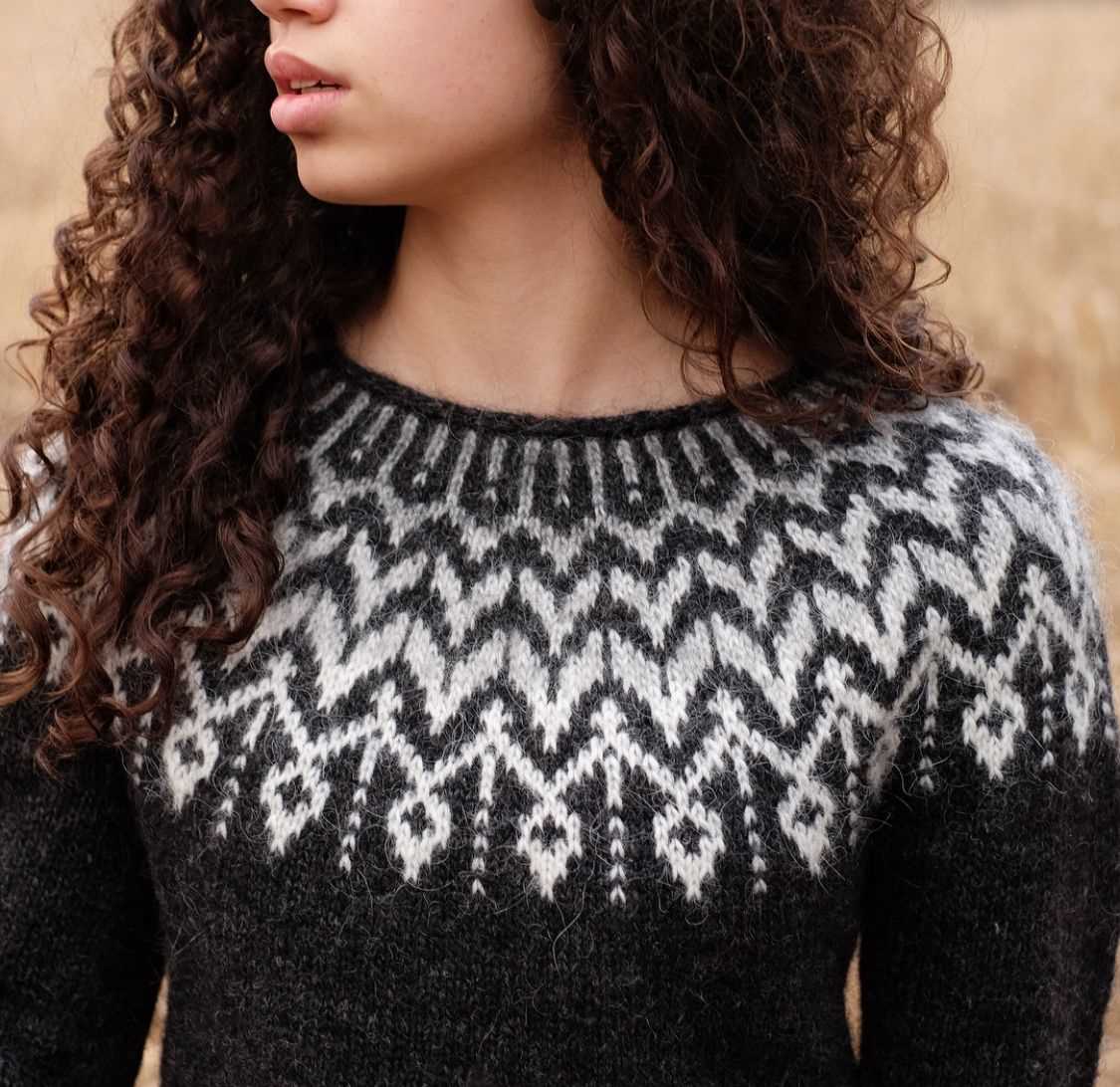
Are you looking for the perfect winter project to keep you warm and cozy? Look no further than knitting your own sweater! Knitting a sweater can be a rewarding and fulfilling experience, allowing you to create a unique and personalized garment that fits your style and taste.
There are countless sweater patterns available for knitters of all skill levels. Whether you’re a beginner looking to tackle your first sweater or an experienced knitter wanting to try something new, there is a pattern out there for you. From classic pullovers to trendy cardigans, there is a style to suit every taste.
One popular sweater pattern is the cable knit. This intricate pattern involves intertwining stitches to create a woven look, adding a touch of elegance and sophistication to your sweater. Another popular choice is the fair isle pattern, which involves knitting with multiple colors to create a beautiful and intricate design.
The Benefits of Knitting Your Own Sweater
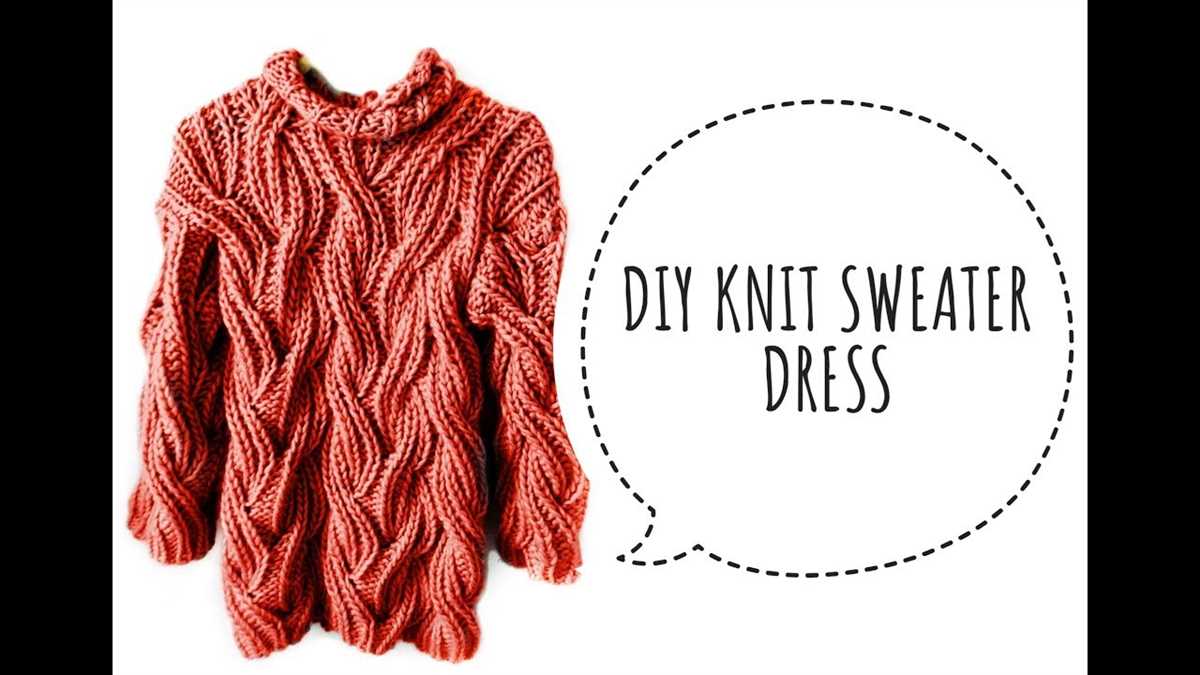
Knitting your own sweater can be a rewarding and fulfilling experience. Not only does it allow you to express your creativity, but it also comes with a variety of benefits that can enhance your overall well-being.
1. Customization
When you knit your own sweater, you have complete control over every aspect of the design. You can choose the color, pattern, and style that best suits your personal taste and preferences. This level of customization ensures that the sweater will be unique and truly reflective of your individuality.
2. Quality Craftsmanship
Hand-knitted sweaters often boast a higher level of craftsmanship compared to mass-produced ones. By carefully selecting the yarn and paying close attention to detail, you can create a sweater that is not only beautiful, but also durable. The satisfaction that comes from wearing a well-made garment that you crafted with your own hands is incomparable.
3. Relaxation and Mindfulness
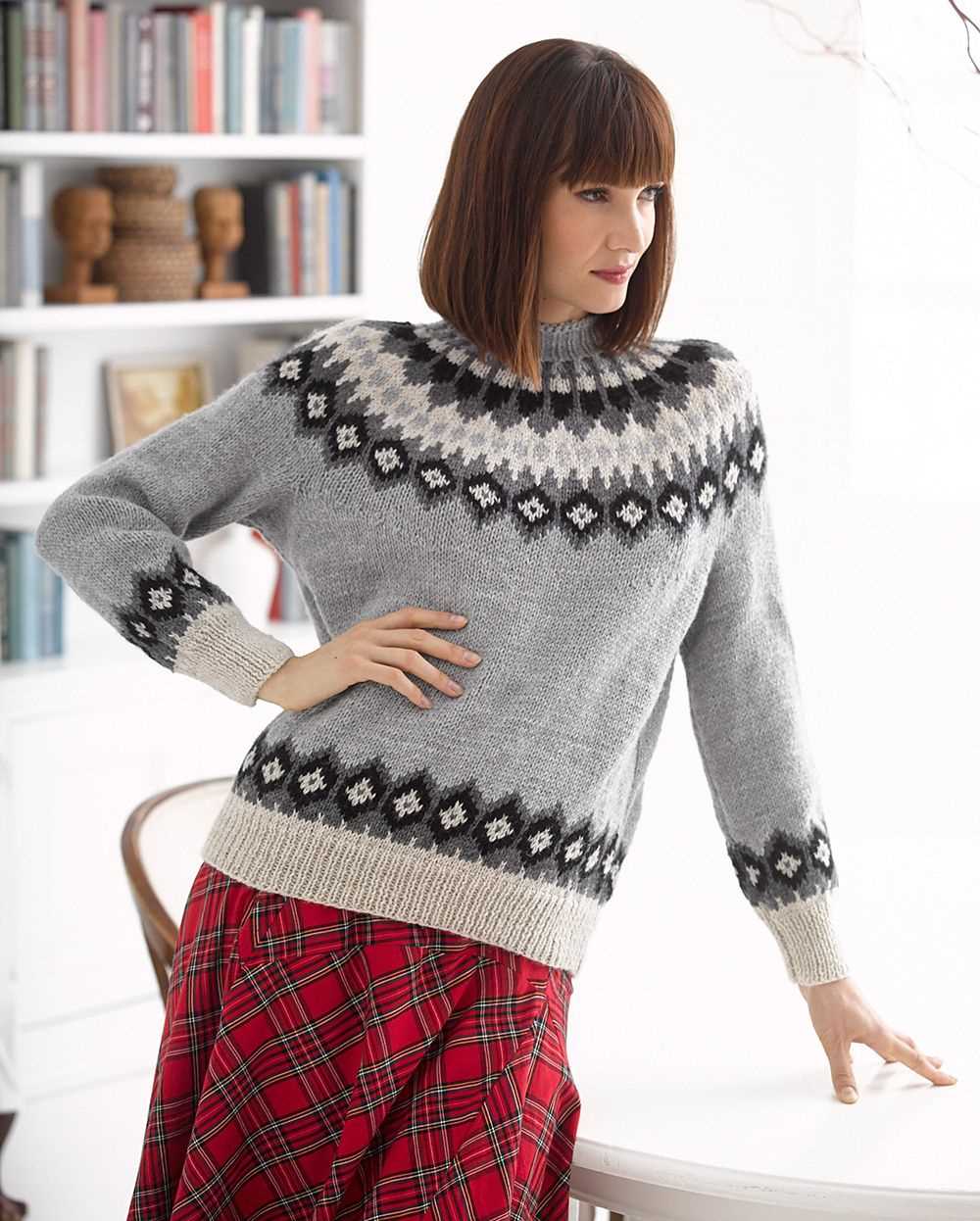
Knitting has been proven to promote relaxation and mindfulness. The repetitive motions of knitting can induce a meditative state, helping to reduce stress and anxiety. It allows you to focus on the present moment and provides a sense of calm and tranquility. Knitting your own sweater can therefore serve as a therapeutic activity, providing an escape from the busyness of everyday life.
4. Sense of Accomplishment
Completing a knitted sweater can give you a great sense of accomplishment. Knitting requires patience and dedication, and seeing your hard work come to fruition is incredibly fulfilling. The process of creating something with your own hands and witnessing the finished product can boost your self-esteem and confidence.
5. Sustainable and Eco-Friendly
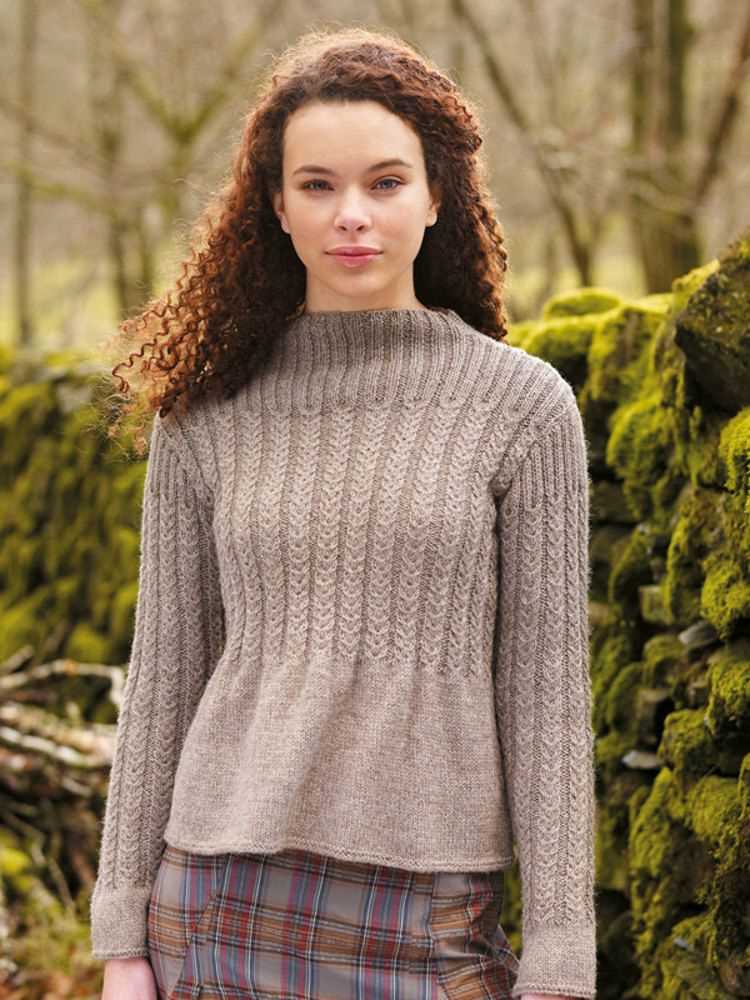
Knitting your own sweater is a sustainable and eco-friendly choice. By using natural and organic yarns, you can reduce your carbon footprint and contribute to a greener planet. Additionally, knitting allows you to repurpose yarn and materials, minimizing waste and promoting a more sustainable lifestyle.
In conclusion, knitting your own sweater offers a range of benefits that go beyond just having a new garment. It allows you to express your creativity, enjoy the sense of accomplishment, and promote relaxation and mindfulness. Investing your time and effort into knitting can result in a unique and well-crafted sweater that reflects your personal style and values.
Choosing the Right Yarn for Your Sweater
When it comes to knitting a sweater, choosing the right yarn is essential. The yarn you select will greatly impact the look, feel, and durability of your finished garment. With so many options available, it’s important to consider a few key factors before making a decision.
Fiber Content: One of the first things to consider when choosing yarn for your sweater is the fiber content. Different fibers have different qualities, so it’s important to choose one that suits your needs. If you’re looking for warmth, natural fibers like wool or alpaca are a great choice. If you’re looking for a lightweight option, cotton or bamboo might be more suitable. Consider the characteristics of each fiber and how they will affect the final product.
Gauge and Yardage: Another important factor to consider is the gauge and yardage of the yarn. Gauge refers to the number of stitches and rows per inch, and it’s important to match the gauge specified in your sweater pattern. This will ensure that your sweater fits properly and looks as intended. Additionally, you’ll need to consider the yardage of the yarn. Make sure you have enough yarn to complete your sweater, taking into account the size and style of the garment.
Texture and Construction: The texture and construction of the yarn will also play a role in the final look of your sweater. Some yarns have a smooth, even texture, while others have a more textured or slubby appearance. Consider the design and style of your sweater pattern, and choose a yarn that will complement it. Additionally, consider how the yarn is constructed. Single-ply yarns have a soft and airy feel, while plied yarns are more durable and have better stitch definition.
Color and Dyeing: Finally, don’t forget to consider the color and dyeing process of the yarn. The color of your yarn can greatly impact the overall look of your sweater. Consider the color palette of your wardrobe and choose a yarn that will coordinate well. Additionally, consider how the yarn is dyed. Hand-dyed yarns can have beautiful variations and depth of color, while solid-colored yarns offer a more consistent appearance.
By considering these factors and making an informed decision, you can choose the right yarn for your sweater and create a garment that is both beautiful and functional.
Essential Knitting Tools for Sweater Making
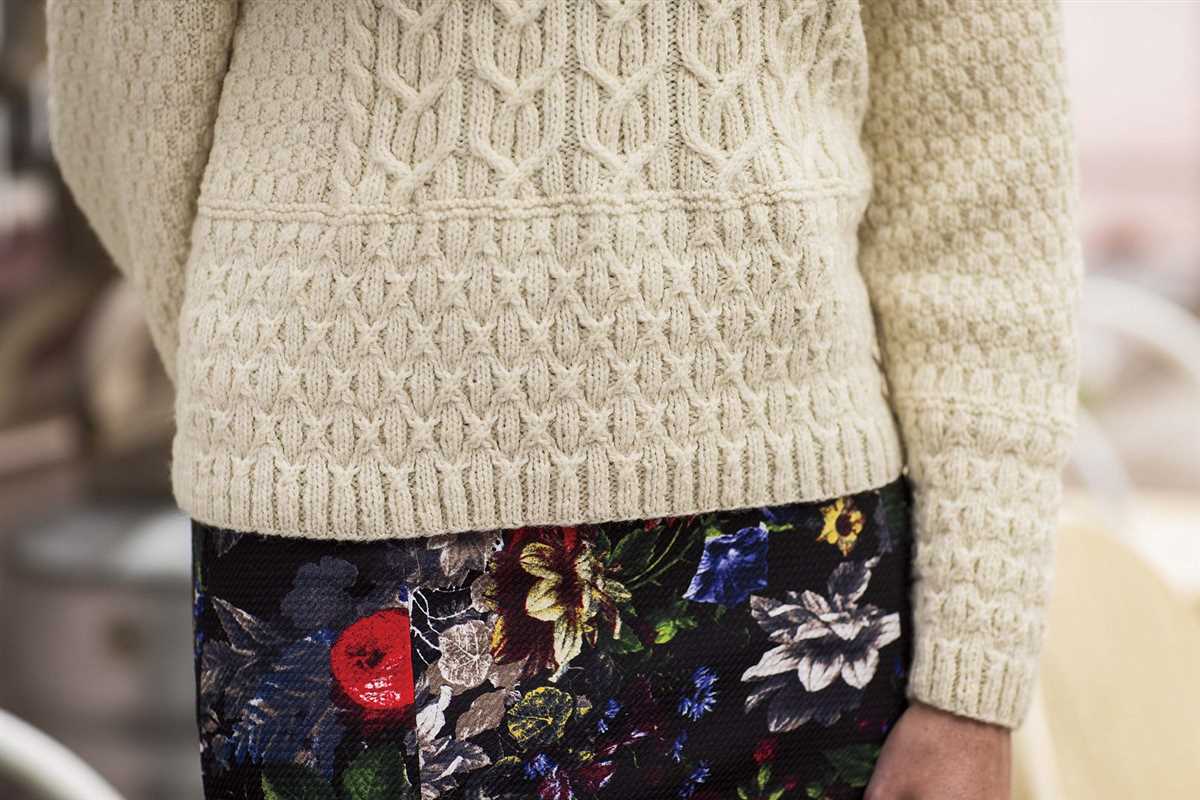
Knitting a sweater can be a rewarding and fulfilling project, but it requires the right tools to ensure success. Here is a list of essential knitting tools that every sweater maker should have:
1. Knitting Needles
Investing in a high-quality set of knitting needles is paramount when making a sweater. Circular needles are a popular choice, as they allow you to knit in the round and can accommodate a large number of stitches. Choose needles with a comfortable grip that match the recommended size for your chosen sweater pattern.
2. Stitch Markers

Stitch markers are invaluable tools when working on complex sweater patterns. They help you keep track of stitch patterns, increases, decreases, and shaping. Opt for removable stitch markers that can easily be moved as you progress through your project.
3. Yarn Swift and Ball Winder
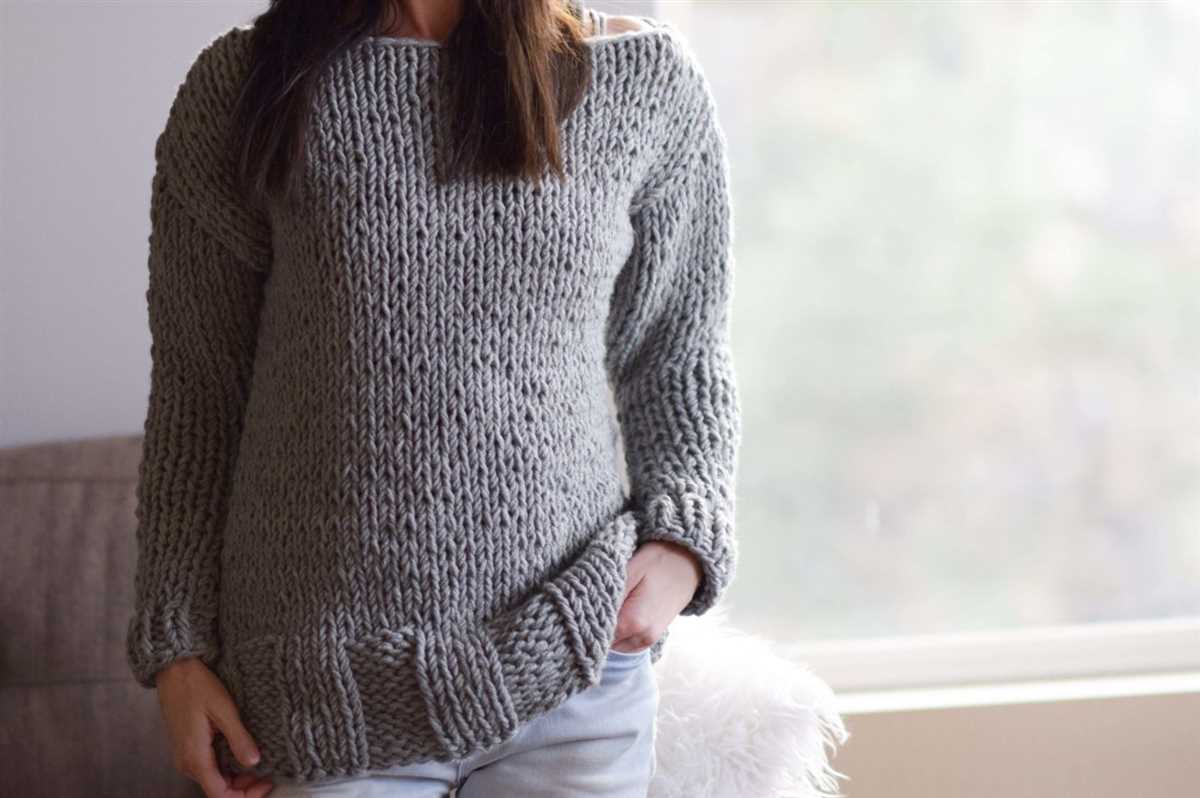
If you’re working with skeins of yarn rather than pre-wound balls, a yarn swift and ball winder are essential for transforming your yarn into easy-to-use balls. A yarn swift holds the skein in place and prevents tangling, while a ball winder creates neat center-pull balls that can be easily knit from.
4. Tape Measure
Accurate measurements are crucial for achieving the perfect fit in a sweater. A tape measure allows you to measure your bust, waist, and hips, as well as the length of your arms and torso. Refer to your sweater pattern for the specific measurements you’ll need to take.
5. Stitch Holders
When working on a sweater, there may be times when you need to place stitches on hold temporarily. Stitch holders come in various sizes and are essential for keeping your stitches secure until you’re ready to work with them again.
6. Yarn Needles
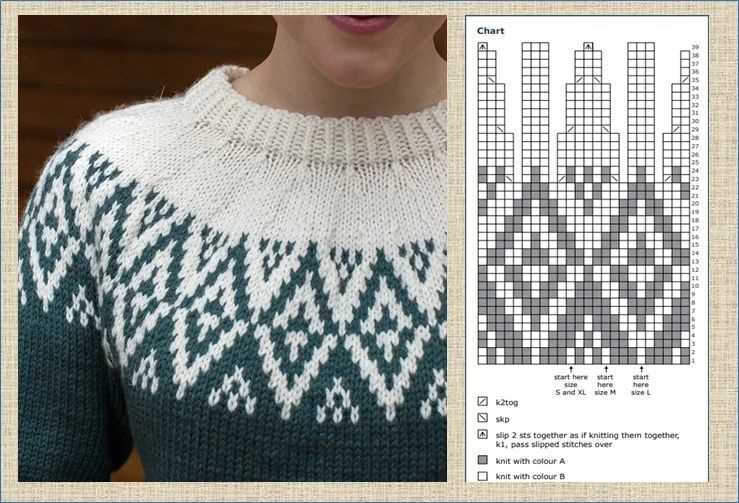
Yarn needles, also known as tapestry needles, are used for sewing seams and weaving in loose ends. Choose a needle with a large eye that can easily accommodate the yarn you’re using.
With these essential knitting tools in your arsenal, you’ll be well-equipped to tackle any sweater pattern with confidence and achieve beautiful, professional-looking results.
Beginner-Friendly Sweater Patterns
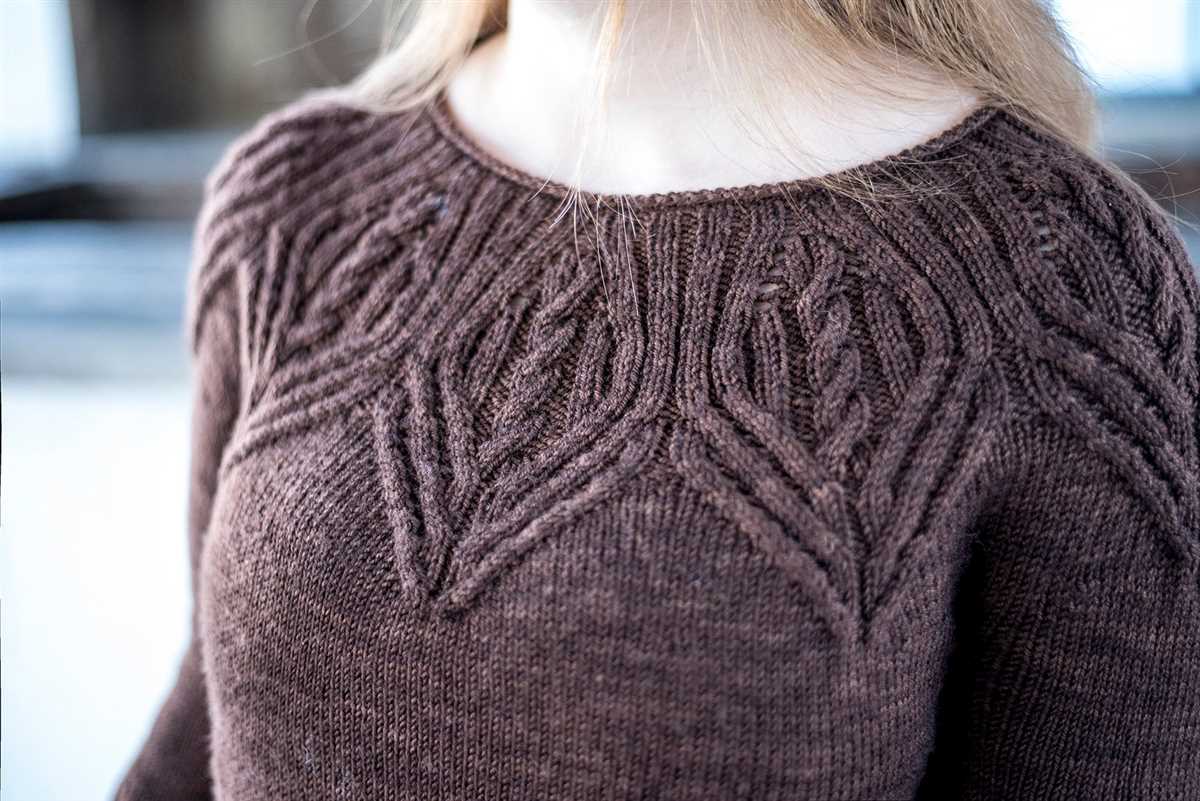
If you are new to knitting and want to try your hand at making a sweater, there are many beginner-friendly patterns available. These patterns are designed keeping in mind the skill level of novice knitters and provide clear instructions to help you create a beautiful sweater.
Basic Pullover: One of the simplest sweater patterns for beginners is the basic pullover. This pattern usually involves working in stockinette stitch or garter stitch, both of which are easy to learn. It usually has minimal shaping and can be made with either bulky or worsted weight yarn, making it a versatile choice for your first sweater project.
Raglan Sweater: Another beginner-friendly sweater pattern is the raglan sweater. It is constructed by knitting the sleeves and the body separately and then joining them at the underarm. The raglan construction provides a comfortable fit and is a great introduction to shaping techniques. This pattern often uses simple stitch patterns like ribbing or seed stitch for added texture.
Top-Down Sweater: A top-down sweater is a popular choice for beginners as it allows you to try on the sweater as you knit and make adjustments if needed. This pattern starts from the neckline and is worked downwards, eliminating the need for sewing seams. It is a great way to learn about sweater construction and achieve a customized fit.
Baby Cardigan: If you prefer to start with a smaller project, a baby cardigan can be an excellent choice. These patterns are usually quick to knit and often feature simple stitch patterns like garter stitch or simple cables. They provide a great opportunity to practice basic sweater construction techniques on a smaller scale.
Remember, when starting your first sweater project, it’s important to choose a pattern that matches your skill level and provides clear instructions. Take your time, have patience, and enjoy the process of creating your own handmade sweater.
Intermediate Sweater Patterns to Improve Your Skills
If you have some experience knitting basic sweaters and are looking to take your skills to the next level, intermediate sweater patterns can provide the perfect challenge. These patterns often incorporate more intricate stitch patterns and techniques that will help you expand your knitting repertoire and create beautiful, unique sweaters.
One intermediate sweater pattern that is worth trying is the cable knit sweater. Cable knitting involves crossing stitches to create twisting, interlocking patterns that add texture and interest to your projects. This technique can be challenging at first, but with practice, you’ll be able to create stunning cable patterns that will impress everyone who sees your finished sweater.
Cable Knit Sweater Pattern Highlights:
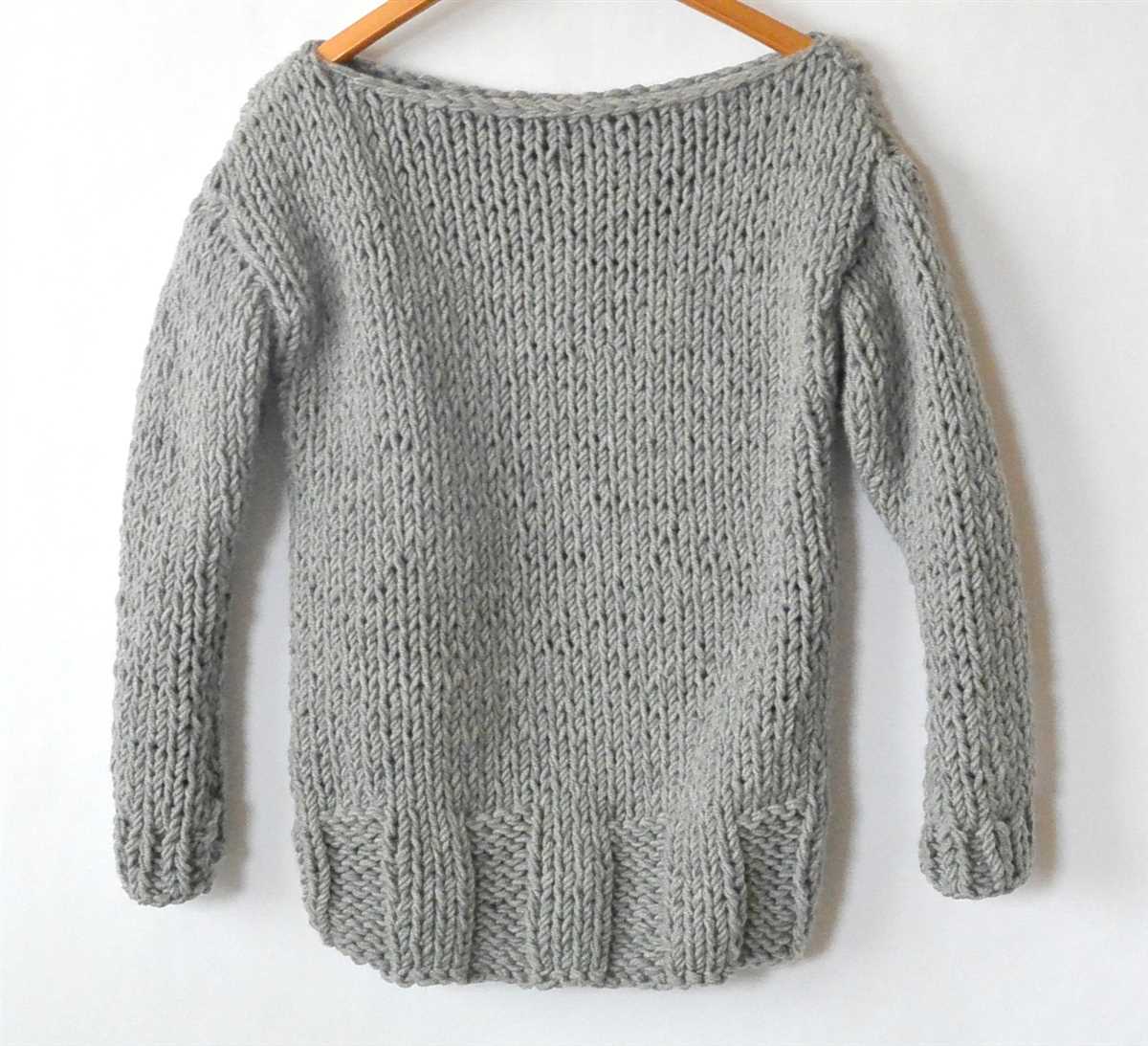
- Difficulty level: Intermediate
- Skills required: Basic knitting skills, knowledge of how to read and follow a cable chart, ability to work with multiple cables at once
- Materials: Worsted weight yarn, circular knitting needles, cable needle, stitch markers
- Pattern features: Intricate cable patterns, ribbed cuffs and hem, classic crew neck or turtleneck options
Another intermediate sweater pattern that can help you improve your skills is the colorwork sweater. Colorwork involves knitting with multiple colors to create beautiful patterns, such as Fair Isle or stranded knitting. This technique requires careful tension control and the ability to carry the unused colors behind your work. With practice, you’ll be able to create stunning colorwork sweaters that are true works of art.
Colorwork Sweater Pattern Highlights:
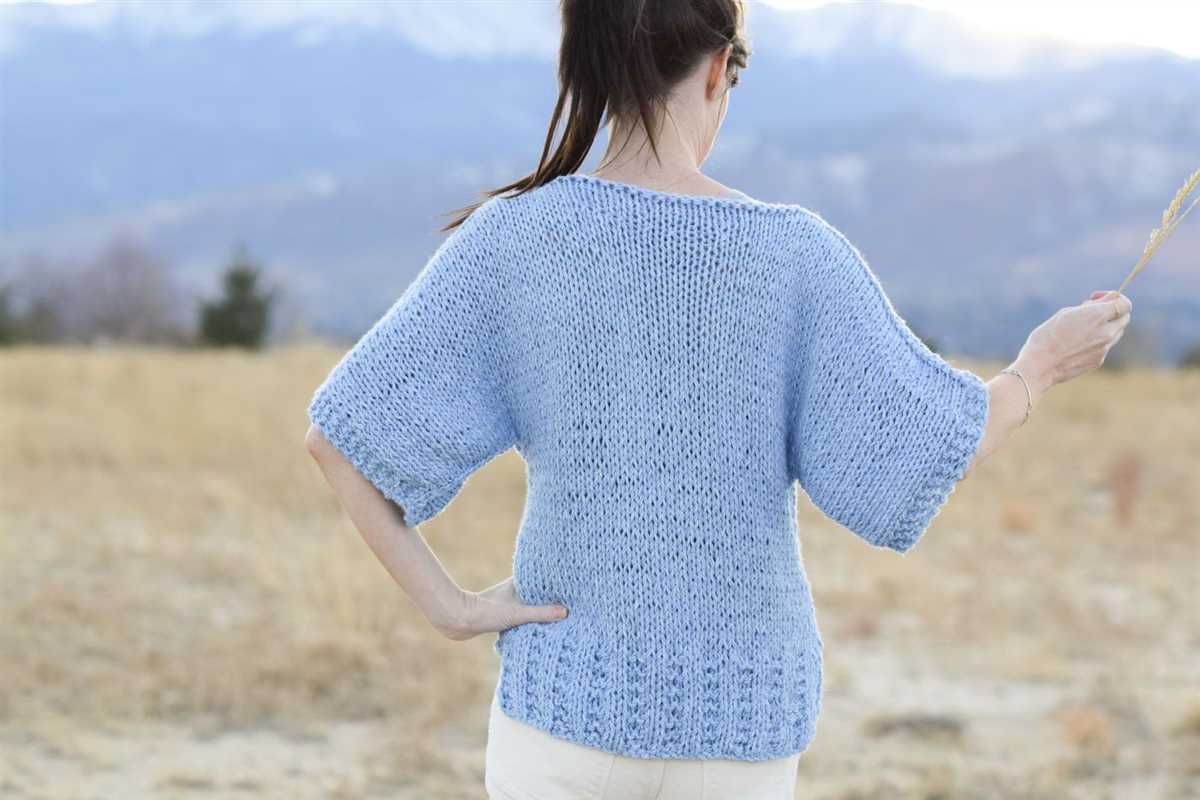
- Difficulty level: Intermediate
- Skills required: Basic knitting skills, ability to knit with multiple colors, knowledge of colorwork techniques such as Fair Isle or stranded knitting
- Materials: DK weight yarn in multiple colors, circular knitting needles, stitch markers
- Pattern features: Colorwork motifs, ribbed cuffs and hem, options for different necklines and sleeve lengths
By challenging yourself with intermediate sweater patterns like cable knit and colorwork, you’ll not only improve your knitting skills, but also create unique and beautiful garments that you can be proud of. So grab your knitting needles, choose a pattern that excites you, and get ready to take your knitting to the next level!
Advanced Sweater Patterns for Experienced Knitters
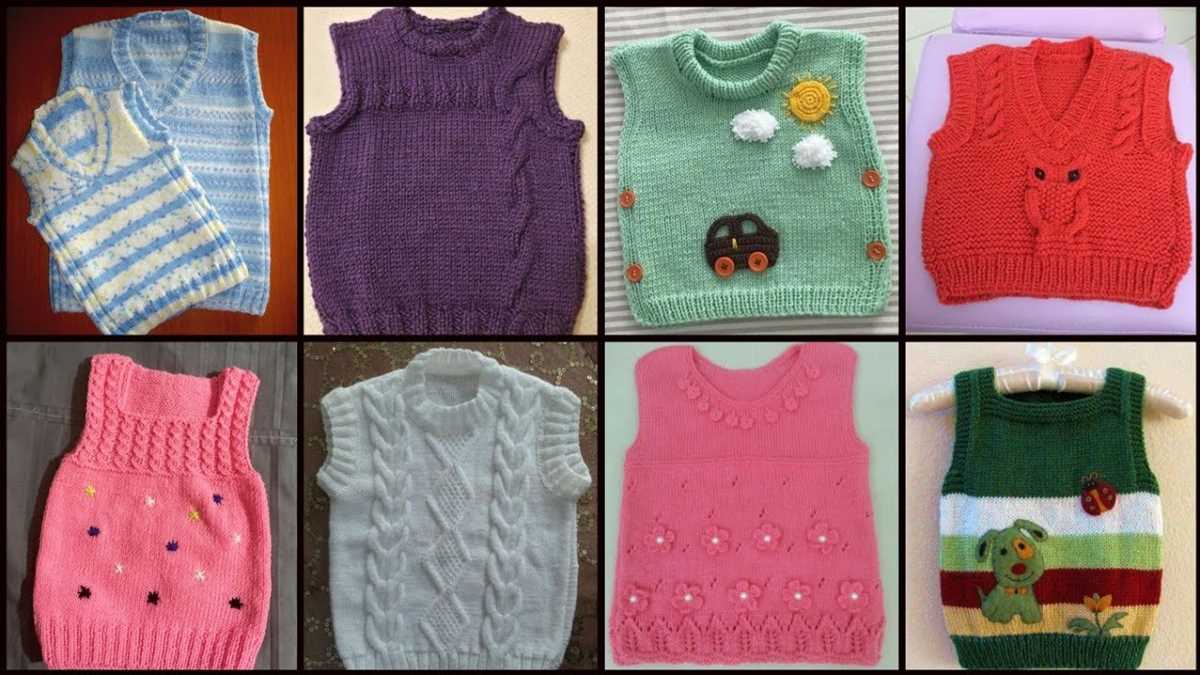
For experienced knitters looking to take their skills to the next level, advanced sweater patterns offer a challenging and rewarding project. These patterns feature intricate stitch patterns, complex shaping techniques, and unique design elements that will truly showcase your knitting expertise.
One popular advanced sweater pattern is the Fair Isle sweater, which incorporates stranded colorwork to create beautiful and intricate designs. This technique involves knitting with multiple colors in each row, creating patterns and motifs that are both visually stunning and technically challenging. Fair Isle sweaters often showcase traditional Nordic or Scottish patterns, making them a stylish and classic addition to any wardrobe.
Chunky Cable Cardigan
This advanced sweater pattern is perfect for knitters who love working with cables. The Chunky Cable Cardigan features a combination of large, intricate cables and textured stitches, creating a cozy and stylish cardigan that is sure to turn heads. Knitted with a chunky yarn, this pattern works up quickly and is a great project for colder months.
Lace Panel Pullover
If you enjoy lace knitting and are ready to take on a more challenging project, the Lace Panel Pullover is an excellent choice. This pattern combines delicate lace panels with a tailored fit, creating a sophisticated and elegant sweater. Knitted in a lightweight yarn, this pullover is perfect for transitioning between seasons and adding a touch of femininity to any outfit.
- Stranded Colorwork Sweater
- Intarsia Sweater
- Cable and Lace Tunic
- Textured Wrap Cardigan
In addition to these specific patterns, there are countless other advanced sweater patterns available for experienced knitters. Whether you want to challenge yourself with intricate stitch patterns, explore new shaping techniques, or experiment with different yarns and textures, there is a pattern out there to suit your style and skill level.
Remember, advanced sweater patterns require patience, attention to detail, and a willingness to learn and try new techniques. While they may be more challenging than beginner or intermediate patterns, the end result is always worth the effort. So, grab your knitting needles, choose a pattern that speaks to you, and embark on your next knitting adventure!
Tips for Customizing Your Sweater Pattern
When it comes to knitting sweaters, there are endless possibilities for customization. Whether you want to add a personal touch to a pattern or completely create your own design, here are some tips to help you customize your sweater to perfection.
1. Size
One of the first things to consider when customizing your sweater pattern is the size. Take accurate measurements of your bust, waist, and hips to ensure a perfect fit. If the pattern you’re using doesn’t have your size, you can easily adjust it by adding or subtracting stitches.
2. Length
The length of your sweater can drastically change its appearance. If you prefer a cropped style, you can shorten the pattern accordingly. On the other hand, if you want a longer sweater, you can add extra inches to the body or sleeves. Just keep in mind that altering the length may affect the overall proportions of the design.
3. Color
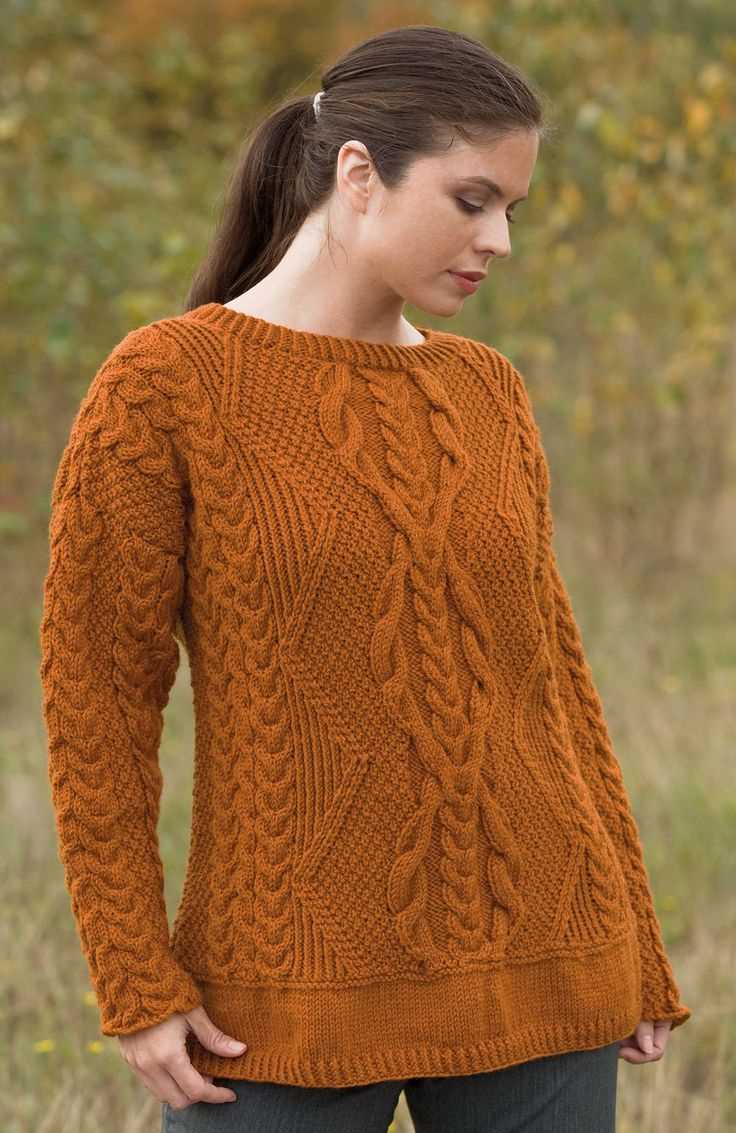
Switching up the colors can give your sweater a whole new look. Experiment with different color combinations or add stripes, color blocks, or Fair Isle patterns. Be bold and creative in your choices to make your sweater truly unique.
4. Stitch Pattern
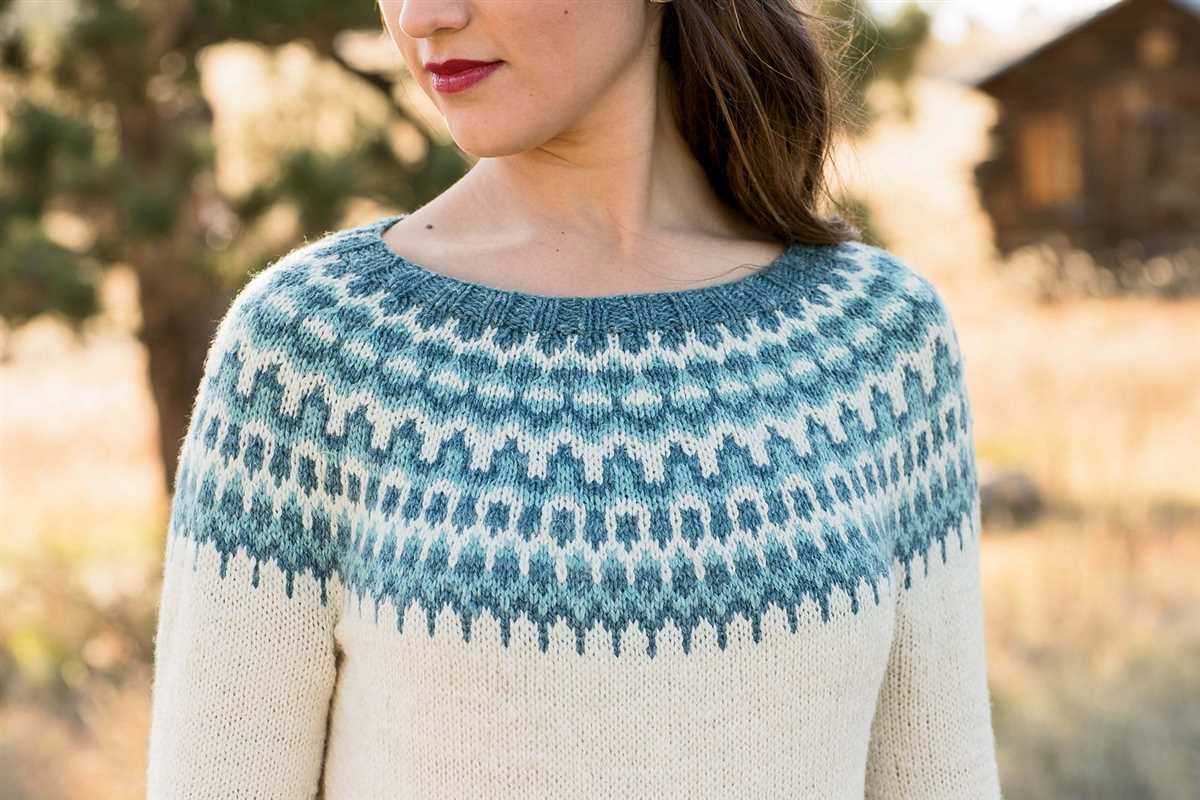
Another way to customize your sweater is by selecting a different stitch pattern. You can substitute the stitch pattern used in the original pattern with your favorite one or even mix different patterns for a textured effect. Just make sure that the substitution doesn’t affect the stitch count or gauge.
5. Embellishments
Embellishments like buttons, beads, or embroidery can add an extra special touch to your sweater. Personalize it by adding decorative elements to the neckline, cuffs, or hem. Consider using contrasting colors or materials to make the embellishments stand out.
Remember, it’s your sweater, so don’t be afraid to get creative and make it your own. With these tips, you’ll be able to customize your sweater pattern to reflect your unique style and personality.
Creating Different Necklines for Your Sweater
When knitting a sweater, the neckline is an important detail that can completely change the look and feel of the garment. There are various neckline patterns you can try to add personality and style to your sweater. Here are a few ideas to get you started:
Crew Neck: One of the most classic and versatile necklines, the crew neck is a simple round neck that sits close to the base of the neck. It can be knitted in ribbing or plain stockinette stitch for a clean and timeless look. The crew neck is suitable for all sweater types and can be easily customized to suit your preferences.
V-Neck: The V-neckline adds a touch of elegance and femininity to a sweater. It is formed by gradually decreasing the stitches along the center front of the sweater to create a V shape. The depth of the V can be adjusted based on your preference. This neckline is flattering on most body types and can be paired with a scarf or necklace for added style.
- Boat Neck: The boat neck, also known as the bateau neckline, is characterized by its wide opening that sits towards the outer edges of the shoulders. It provides a sophisticated and slightly retro look to the sweater. The boat neck can be knitted in ribbing or with a folded hem for an extra touch of elegance.
- Scoop Neck: The scoop neck is a versatile and flattering neckline that dips low in the front and sometimes in the back as well. It adds a feminine touch to any sweater and can be knitted in different widths to suit your preferences. The scoop neck is great for showcasing necklaces and can be paired with a camisole or tank top for added coverage.
- Turtleneck: The turtleneck is a cozy and warm neckline that extends up to cover the neck. It is perfect for colder climates and adds a stylish and sophisticated touch to any sweater. The turtleneck can be knitted in ribbing or with a folded hem for added structure.
These are just a few examples of the different neckline patterns you can experiment with when knitting a sweater. Each neckline has its own unique charm and can completely transform the overall look of the garment. Whether you prefer a classic crew neck or a trendy scoop neck, there are endless possibilities to create the perfect neckline for your sweater.
Adding Texture and Patterns to Your Sweater
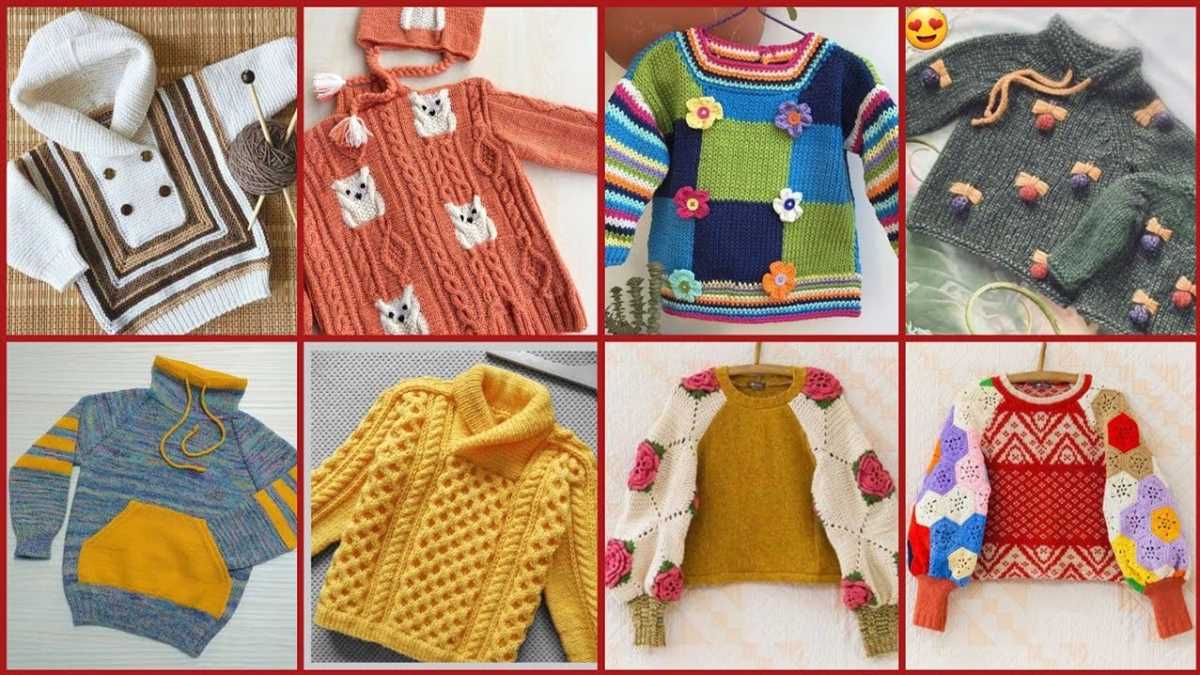
When knitting a sweater, there are numerous ways to add texture and patterns to make your garment more interesting and unique. Whether you’re a beginner or an experienced knitter, incorporating different stitches and techniques can elevate your sweater design to the next level.
1. Cable Knitting: One of the most popular ways to add texture to a sweater is through cable knitting. By crossing stitches over each other, you can create beautiful raised patterns that resemble braids or ropes. Cable knitting adds depth and intricacy to your design, making it a perfect choice for those looking to add visual interest.
2. Lace Patterns: Lace patterns are delicate and feminine, and they can bring an elegant touch to your sweater. By incorporating yarn overs and decreases, you can create intricate lace motifs that add an airy and decorative look. Lace patterns are often used in the yoke or sleeves of sweaters, but they can be applied to any section of your garment.
3. Colorwork: Adding color to your sweater can bring it to life. Colorwork involves working with multiple strands of yarn in different colors to create patterns and motifs. Fair Isle, intarsia, and stranded knitting are popular colorwork techniques that can be used to create geometric shapes, animals, or intricate designs. Colorwork allows you to play with different color combinations and create eye-catching sweaters.
4. Textured Stitches: Experimenting with different textured stitches can create visually interesting patterns on your sweater. Some common textured stitches include ribbing, seed stitch, moss stitch, and basketweave. These stitches not only add depth and dimension to your design but also provide a cozy and warm feel to the finished garment.
5. Embellishments: To make your sweater truly unique, consider adding embellishments such as buttons, beads, or embroidery. These decorative elements can be used to highlight specific areas of your sweater or add subtle details. Embellishments can elevate a simple sweater design and make it stand out.
Adding texture and patterns to your sweater allows you to express your creativity and showcase your knitting skills. Whether you choose to incorporate cable knitting, lace patterns, colorwork, textured stitches, or embellishments, these techniques will transform your sweater into a one-of-a-kind piece that you’ll love to wear and show off.
Tips for Properly Blocking Your Knitted Sweater
Blocking is an essential step in the knitting process that can make a big difference in the final appearance and fit of your sweater. It involves stretching and shaping your knitted fabric to achieve the desired dimensions and evenness. Here are some tips to help you properly block your knitted sweater:
1. Read the pattern instructions carefully
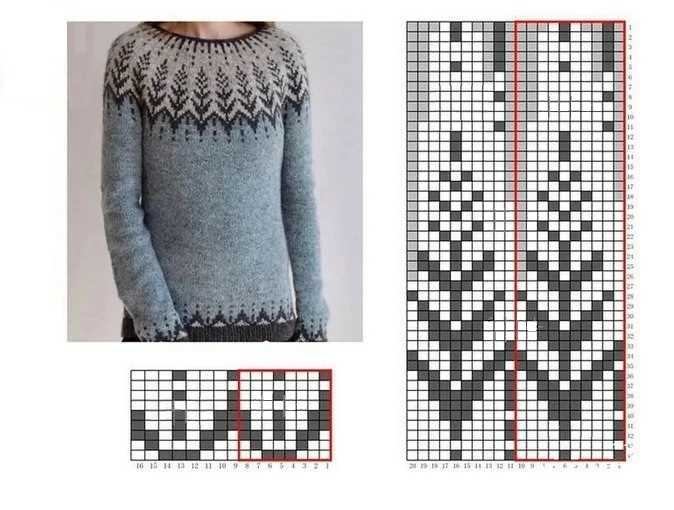
Before you begin blocking, make sure to read the pattern instructions for any specific blocking recommendations. Some patterns may suggest a certain method or provide specific measurements for blocking. Following these instructions will help ensure that your sweater turns out as intended.
2. Use blocking tools
Investing in proper blocking tools can greatly simplify the blocking process. A blocking mat or board and T-pins are essential for pinning your sweater in place. You may also want to consider using blocking wires for more complex shaping. These tools provide stability and help maintain the shape of your knitted fabric.
3. Choose the right method
There are different blocking methods you can use depending on the fiber content and type of yarn used in your sweater. Wet blocking involves soaking your sweater in water, gently squeezing out the excess moisture, and then laying it flat to dry. Steam blocking involves steaming the fabric with an iron or steamer. Some fibers may require more specific techniques, such as lace blocking for intricate lace patterns.
4. Be patient
Blocking can take time, especially if you’re working with a larger sweater. It’s important to be patient and allow your sweater to fully dry and set in its blocked shape. Rushing the process can lead to uneven blocking and affect the final fit of your sweater.
5. Test for adequate drying
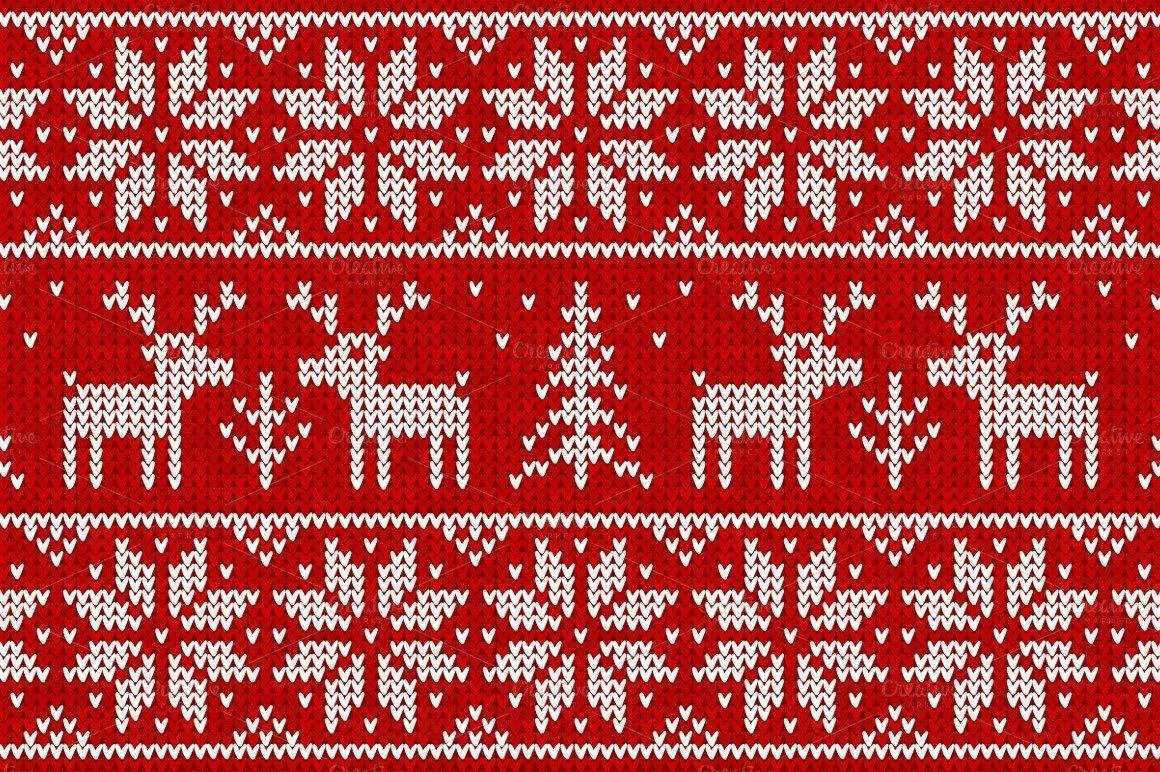
Before unpinning your sweater, make sure it’s completely dry. Test a small section by touching it to see if it feels damp or cold. If there are any damp areas, continue drying until the entire sweater is dry. Once dry, you can remove the pins and enjoy your beautifully blocked sweater!
By following these tips, you can ensure that your knitted sweater is properly blocked, resulting in a professional-looking finish and a perfect fit.
How to Fix Common Knitting Mistakes in Your Sweater
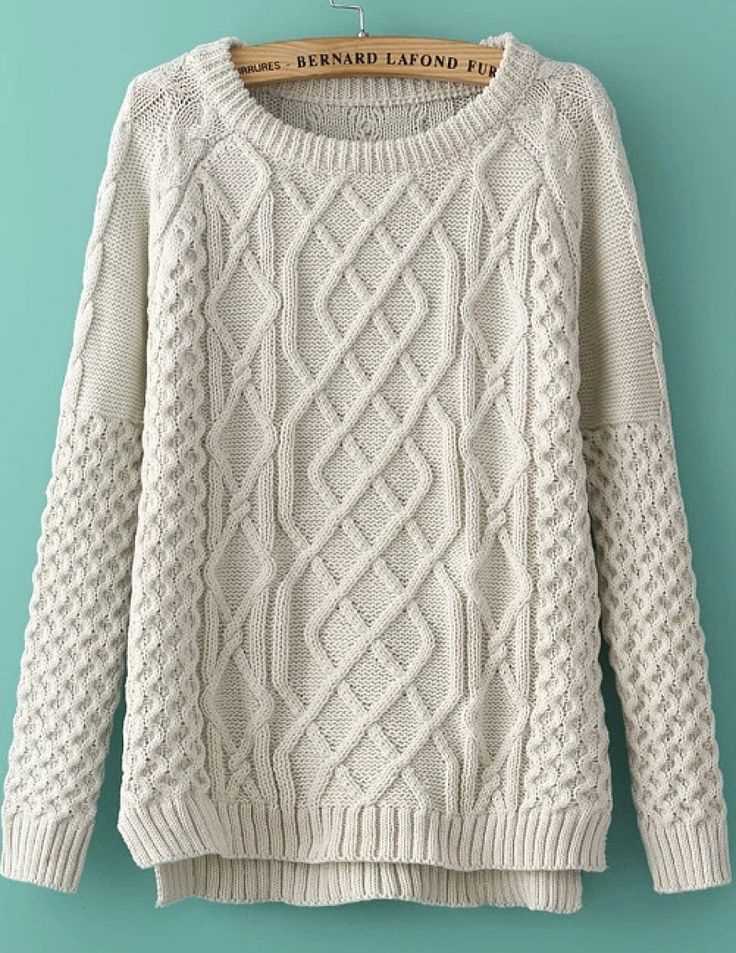
Knitting a sweater is an exciting and rewarding project, but it’s not uncommon to come across mistakes along the way. Whether you dropped a stitch, made a incorrect increase or decrease, or mixed up your pattern, don’t worry! With a little patience and some simple techniques, you can easily fix common knitting mistakes in your sweater.
Dropped Stitch: One of the most common mistakes in knitting is dropping a stitch. To fix this, insert a stitch marker or safety pin under the dropped stitch to prevent further unraveling. Then, use a crochet hook to carefully pick up the dropped stitch and place it back on the knitting needle. Make sure to catch both legs of the stitch to ensure it is secure. Continue knitting as normal.
Incorrect Increase or Decrease: If you made a mistake in your increase or decrease, you can fix it by carefully unraveling the stitches back to the error. Place a stitch marker on the row below the mistake to mark your place. Then, unravel only the stitches affected by the mistake. Once you reach the mistake, insert your knitting needle into the stitch above the mistake, pick up the dropped stitch, and place it on the needle. Then, continue knitting as instructed in the pattern.
Mixed Up Pattern: If you realized that you’ve made a mistake in the pattern, such as knitting the wrong stitch or using the wrong color, don’t panic. Carefully unravel the stitches back to the point of the mistake, making sure to place a stitch marker to mark your place. Then, follow the pattern correctly from that point onwards, carefully recreating the correct stitches or color changes. Take your time and double-check your work as you go to ensure your sweater turns out just right.
Remember, mistakes happen to even the most experienced knitters. The important thing is to approach them calmly and confidently, knowing that you have the skills to fix them. With these techniques, you can easily correct common knitting mistakes in your sweater and continue on your knitting journey with confidence and pride.
Styling and Caring for Your Knitted Sweater
After putting your time and effort into knitting a beautiful sweater, it’s essential to know how to properly style and care for it. By following these tips, you can keep your knitted sweater looking its best for years to come.
Styling Tips
- Layering: Knitted sweaters are versatile pieces that can be easily layered to create different looks. Pair your sweater with a button-down shirt or a collared blouse for a classic and polished outfit. You can also wear a knitted sweater over a dress or tunic for a cozy and chic ensemble.
- Accessorizing: Add some flair to your knitted sweater by accessorizing with statement jewelry, such as chunky necklaces or colorful earrings. A belt can also be used to cinch in the waist and give your sweater a more defined shape.
- Sweater Dresses: If you have a long, oversized knitted sweater, you can transform it into a stylish sweater dress. Pair it with tights or leggings and knee-high boots for a trendy and comfortable look.
- Color Coordination: When choosing accessories or other clothing items to wear with your knitted sweater, consider coordinating colors to create a harmonious and put-together outfit. Opt for complementary shades or use your sweater as a statement piece by pairing it with neutrals.
Caring for Your Knitted Sweater
Proper care is crucial to keep your knitted sweater in excellent condition. Follow these guidelines to ensure its longevity:
- Washing: Always check the care instructions on the label of your sweater. Hand washing is generally recommended to prevent any damage. Use lukewarm water and a mild detergent designed specifically for wool or delicate fabrics. Gently squeeze the sweater without twisting or wringing it, and then lay it flat to dry.
- Storage: When storing your knitted sweater, make sure it is clean and completely dry. Fold it neatly, and place it in a storage bag or drawer to protect it from dust and pests. Avoid hanging the sweater, as it can lose its shape over time.
- Pilling: Pilling is a common occurrence with knitted sweaters. Gently remove any pills with a sweater comb or a fabric shaver. It’s best to do this after each wear to prevent pills from becoming more noticeable.
By following these styling and caring tips, you can ensure that your knitted sweater remains a cherished and well-maintained piece in your wardrobe. With the right care, your sweater will continue to keep you warm and stylish for many seasons to come.